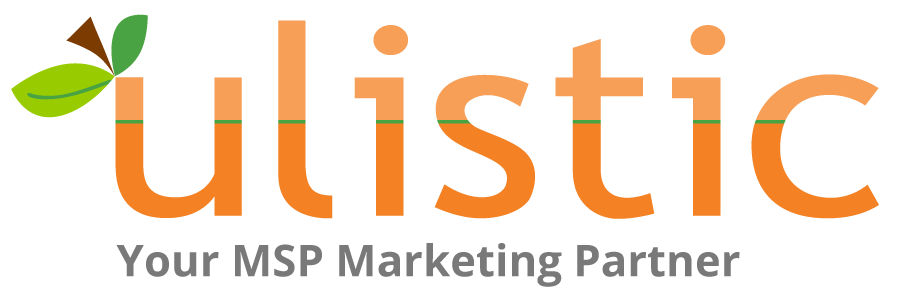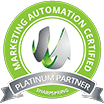No one’s arguing that Google ads cost money.
But it’s okay to ask how you can drive your ad costs down too. By leveraging strategies that adjust your bids just right, you’ll crack the code for how to save on your overall marketing costs while still getting maximum leads.
Here are some critical tips for choosing the best, most cost-effective Google AdWords strategy.
#1 – Never choose automated bidding.
Google has several bidding options to choose from, and each one will benefit a different type of company. To get maximum results from your Google ads, you’ve got to know which to choose, but the “automated bidding option” most likely will not be it. This is a “one size fits all” option, which is not optimal for any business.
#2 – Understand the types of bidding available based on your campaign type.
As stated on Google’s Understanding bidding basics page, “Google Ads gives you several ways to bid for your ads, depending on what matters most to you and your business.”
When you bid, you should first consider your campaign type. From there, you have these options to focus on:
- Clicks
- Impressions
- Conversions
- Views
- Engagements
The guide page goes on to say, “Most advertisers focus on clicks, impressions, conversions, or views (for video ads) … Knowing what you want your ads to do will help you decide how to bid.”
#3 – Consider your company’s specific goals.
You may have any number of goals when it comes to your advertising. Furthermore, you may have several different targets at once, which you’ll then need to prioritize. Let’s go over a few of the most common advertising goals for managed service providers:
Goal: Impressions
Target Impression Share is the best bidding type to use if you only want to improve the visibility of your brand and target the Search Network. You can set your bidding amount by percentage.
Goal: Clicks
Everyone wants visitors to their website, but if this is your primary goal, you should use cost-per-click (CPC) bidding. If someone clicks on an ad of yours to get to your site, that’s the only time you’ll pay with CPC bidding.
Goal: Views (for video advertisements)
Keep visitors engaged with your videos by focusing on views. This option allows you to pay per view or video interaction for your videos. When someone clicks on your companion banner, card, or CTA overlay or when they view one of your videos, that’s the only time you’ll pay.
Goal: Conversions
Conversions can signify several things. For you, a conversion may be someone filling in and clicking “submit” on your “contact us” form. For someone else, it may be actually buying something. When a conversion is your goal, you get to set the number of conversions you will be willing to pay for. This is a more advanced way to set your Google ad bidding.
#4 – Use automation tools on Google to make monitoring bids easier.
Set up Rules on Google Ads to automate the monitoring of your bids. It is essential to monitor your bids so that you can maximize your conversions, but it’s certainly not possible to sit on your Google Ads page all day. This is where rules help.
With automated rules, you can pause specific campaigns, set up special notifications, adjust your bids, and much more.
#5 – Be daring.
Lastly, don’t be afraid to jump-start your bidding on Google ads by aggressively bidding higher than the highest bid for 5 to 10 days. See where it takes you.
In the beginning, you’ll inevitably experience a high CTR (click-through rate), and this will take your quality scores up a notch. After that, you can bring your bids back down again, but not too far — keep it in the second position to maintain positive performance metrics.
Generate New Leads by Choosing Ulistic as Your Marketing Partner
Partnering with a professional marketing firm that specializes in MSP marketing can help take your IT services company to the next level. Speak with Ulistic today to learn more about our business development, marketing, and sales services for managed IT service businesses. We offer proven business development strategies for IT companies who are willing to go the extra mile.
Ready to begin? Call us at {phone} to schedule your complimentary, 60-minute, no-obligation MSP website review with our team.



